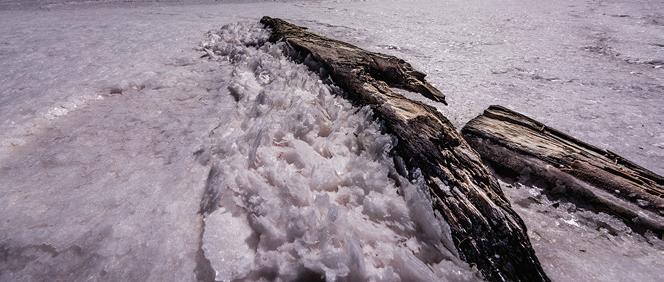
2 minute read
Attractions to Explore Enjoy
Snape Reserve is a Trust for Nature Property comprising 754 hectares, bordering the Little Desert National Park. The property was purchased in 2002 with the aim of restoring native vegetation and preserving wildlife habitat. A self-guided walk can be followed commencing at the front gate of the reserve.

Advertisement

Little Desert National Park
The Little Desert National Park was declared in 1968 when the Kiata Lowan Sanctuary was extended in size. Over the years the area has increased to 132,000 hectares and extends from the Wimmera River in the east to the South Australian border in the west. In excess of 200 bird species, including the threatened Mallee Fowl, and 670 species of native plants have been identified within the park.
Wildlife abounds with kangaroos, brush-tailed possums, bats, echidnas, wallabies and many types of reptiles including snakes, stumpy tail lizards, bearded dragons and lace monitors to name a few.
The Little Desert National Park in this area is unique because it is bordered by the Wimmera River. This popular area features two major camping grounds, Horseshoe Bend and Ackle Bend. Both are situated on the banks of the river with sandy swimming beaches and facilities including toilets, BBQ’s, shelters and fresh water. The experience is further enhanced by the many opportunities for water activities, such as canoeing, swimming, fishing, and boating. The abundance of wildlife offers a plethora of other recreational pursuits, such as bird watching, bush walking, art and photography.
Whether touring by car, 4WD, trail bike, bicycle or walking, visitors to the park will be thrilled by the ever-changing panoramic views. A walk up Pomponderoo Hill lookout will provide uninterrupted views over the Little Desert, breath taking sunsets and views to Mount Arapiles in the distance.

The Little Desert National Park office is based in the nearby Wail State Forest, which offers further walks and recreational opportunities.

Pink Lake At Lochiel

Pink Lake is located beside the Western Highway at Lochiel approximately 6 kilometres west of Dimboola. Maurice Littleton obtained a licence in 1882 to commercially harvest salt from the lake. Salt is still extracted to this date and is available for purchase from numerous shops in Dimboola under the brand name Mount Zero Pink Lake Salt.
The pink colour of the water comes from a pigment secreted by microscopic algae. The intensity of the pink varies with the amount of water in the lake. The lake and its changing colours are easily viewed from the rest stop beside the Western Highway, which has been made more accessible by the addition of a viewing platform, parking and amenities.
Indigenous Heritage
Dimboola and district has a long-standing, rich and continuing indigenous heritage. Evidence of the distant past can be seen in the numerous middens and scarred trees that punctuate the banks of the Wimmera River.




The ‘ranch’ and billabong located just over the Wimmera River on the road to the Little Desert National Park in Dimboola was a traditional and popular meeting and living place for the local community. Of significance to the local indigenous community is the memorial stone and plaque situated at the front of the Dimboola Library commemorating the life of Uncle Jack Kennedy, noted community elder.
In 2005 the first Indigenous land use agreement in Victoria was entered into between the Victorian/ Australian Governments and the Barenji Gadjin Land Council.






